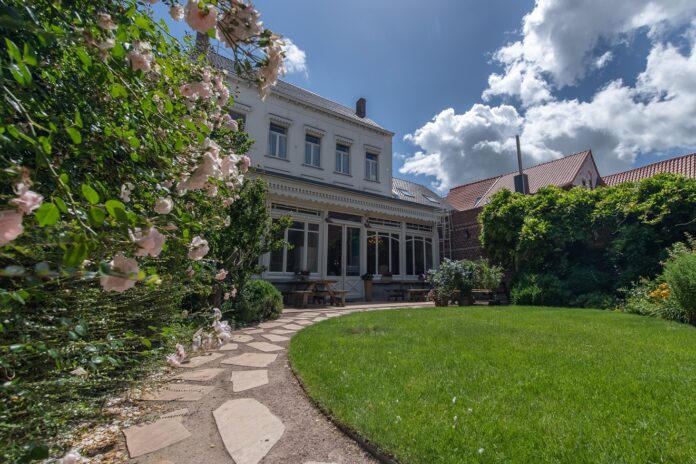This weekend marks the time of year when people are asked to remember those who sacrificed their lives in wars.
That includes World War 1, the so-called “great war”.
It was going to be the war to end all wars but proved nothing of the kind of course.
Instead, it condemned tens of thousands of young men who an all-too-early death.
It is a time, then, to reflect on this tragic event in history and to pay respects to those who tried, in their own humble way, to help those caught up in such a terrible conflict.
They include a British Chaplain called Philip ‘Tubby’ Clayton who opened a soldiers’ house in Poperinge, not far from Ypres which was the epicentre of the War and where thousands perished.
The sanctuary, as that is what it was, was located in the large home of the local Coevoet family and became an ‘Every Man’s Club’,with all soldiers welcome, regardless of rank.
Majors and generals mixed with corporals and privates, which was rare to say the least.
Today, Talbot House attracts visitors of another kind altogether- the tourists who flock to the WW1 battlefields every year, many from the UK and Commonwealth nations.
The quiet, little town of Poperinge, situated a few kilometres behind the turmoil of battle on the Ypres Salient, was one of only a few places in Belgium not occupied by the German war machine.
The British army commandeered the town and it quickly became a 24-hour- a-day metropolis (in 1917 approximately 250,000 men were billeted in the area).
On 11 December, 1915, Philip ‘Tubby’ Clayton opened it as a soldiers’ house. The name ‘Talbot House’ commemorates Gilbert Talbot, who was killed in action on 30 July, 1915. He became the symbol of the sacrifice of a ‘golden generation’ of young men.)
As Talbot House came together,debauchery was rife in the rest of the town. But the house, with its games room, chapel, gardens and relaxed atmosphere swiftly became a sanctuary.
Dubbed Toc H (its initials in the WWI phonetic alphabet) Talbot House became, for hundreds of thousands of displaced soldiers, many never to return, a home from home, offering much-needed humanity, rest and peace only a few kilometres from the, at that time, unrivalled carnage of ‘The Great War’.
The now legendary Tubby wrote down several tales of the happenings at Toc H, from the initial scrounging of materials and the unexpected guests who performed in the concert hall out back, to sad tales of deserters being marched away to be shot against a post in the town centre. (It is still there to this day, as are the cells where deserters were held pending their unfortunate ends as the sun rose next day.)
Over the years, hundreds of thousands of men, many of them doomed too die, some within hours, made the climb to hear a sermon and to say a prayer. The atmosphere at Talbot House s tangible – people say they can almost smell the anguish and fear mixed with a partial, temporary relief.
As well as a living museum with history seeping through every wall, Talbot House has, since reopening in 1931, offered accommodation to thousands of pilgrims to the Flanders battlefields in rooms of various sizes – but you’ll have to book well in advance as it is often full.
Its manager Simon Louagie told this site: “Talbot House is a very special place, and is worth a visit.”
While in the area be sure to visit the spectacular Menin Gate, listening to the Last Post and a choir while marvelling at the fact that there is still a ceremony every single night at 20:00 to honour the fallen.It is currently undergoing a major refurb but the nightly commemoration continues.
There is also a brand new visitor centre in Ypres so, with Remembrance Day on Monday, it all makes for a great way to commemorate those who gave their lives in WW1.







